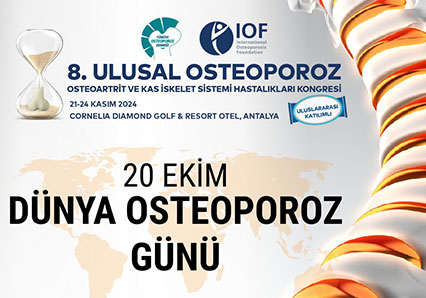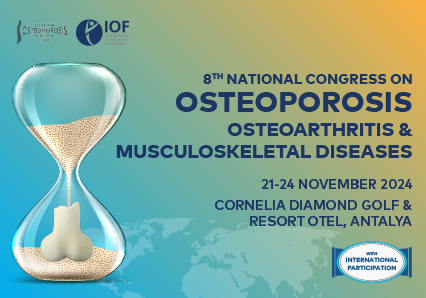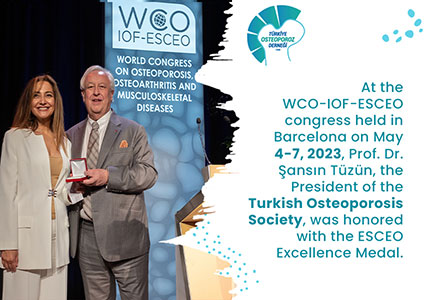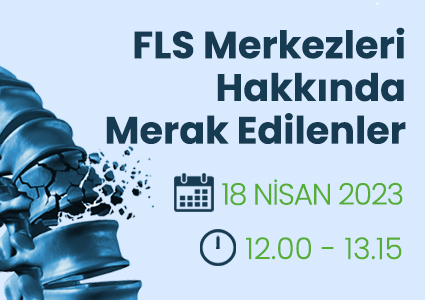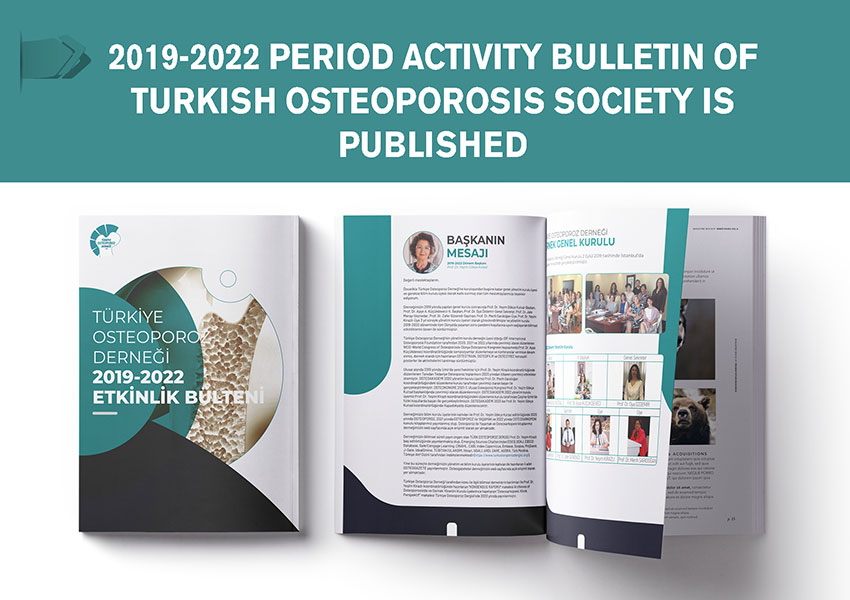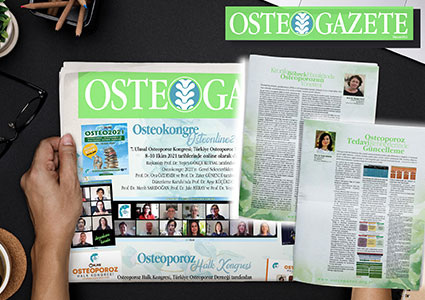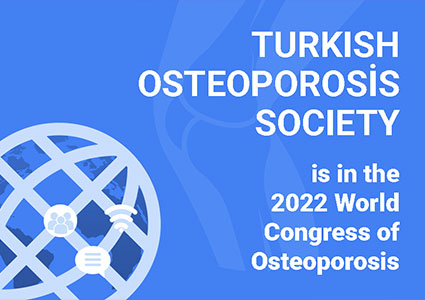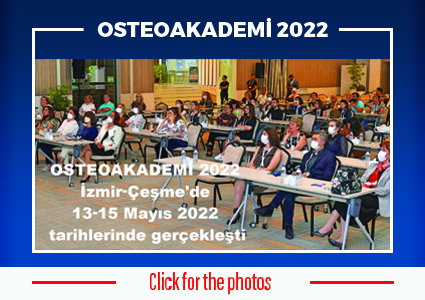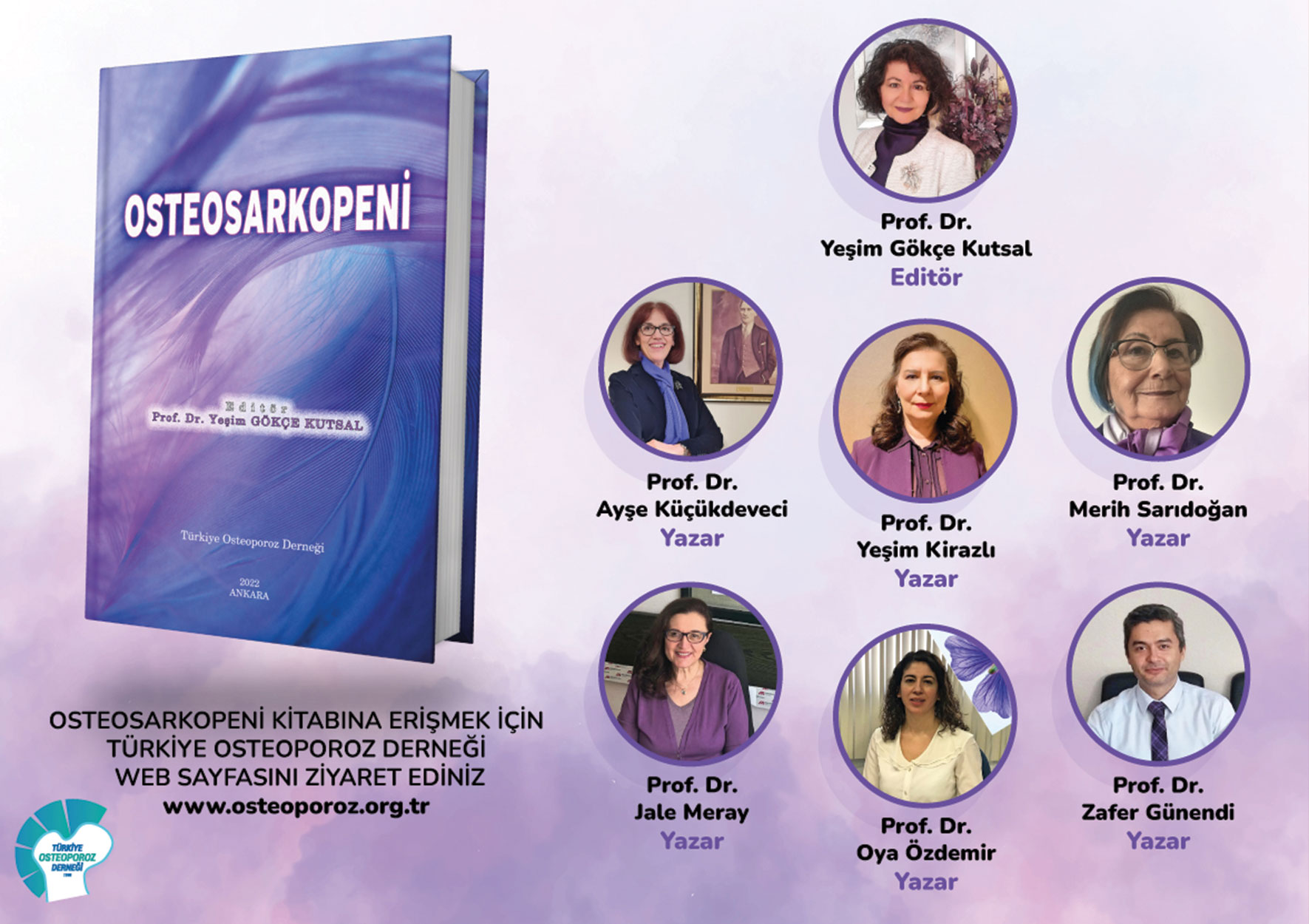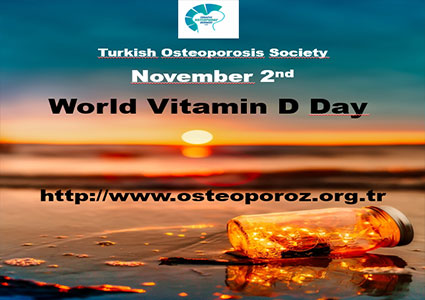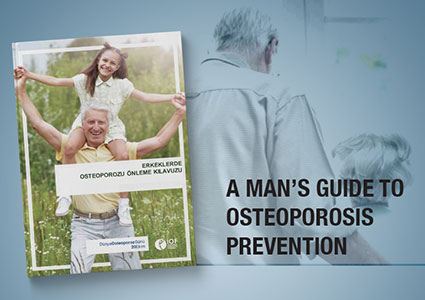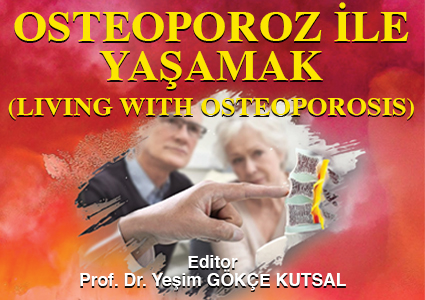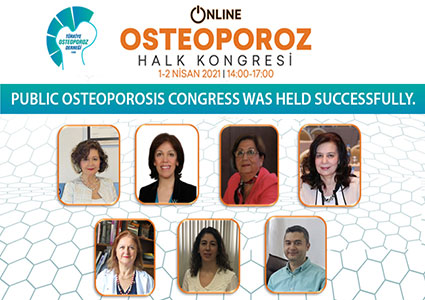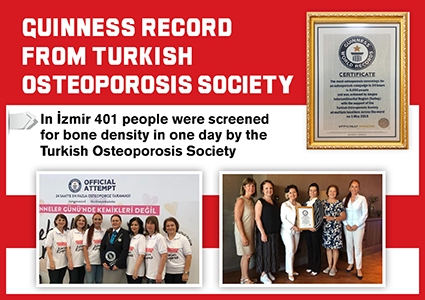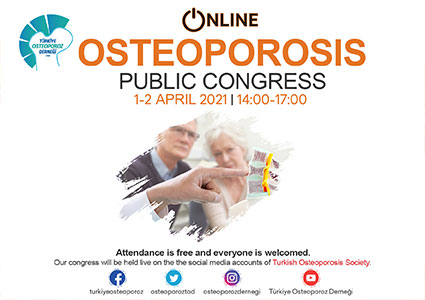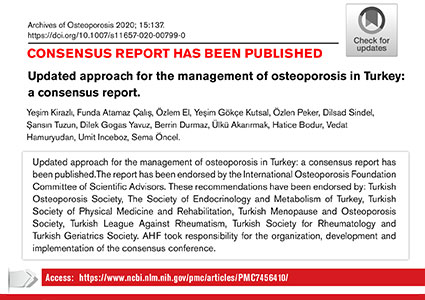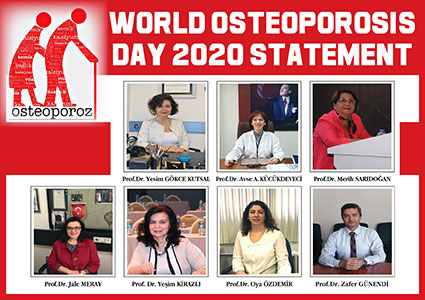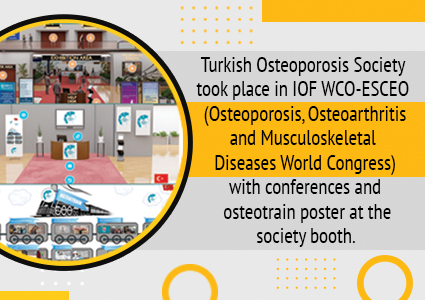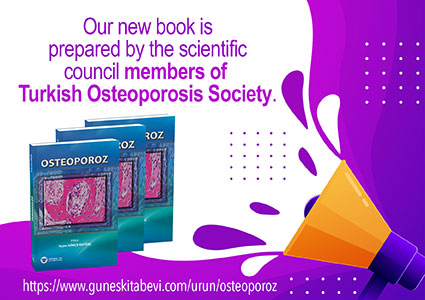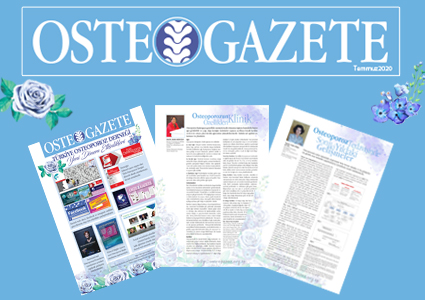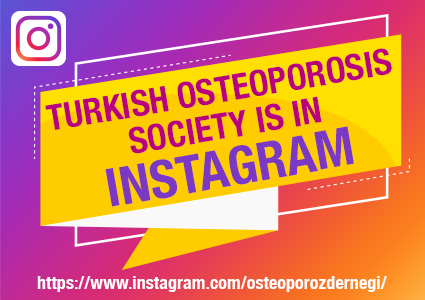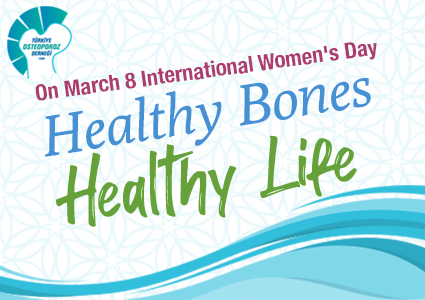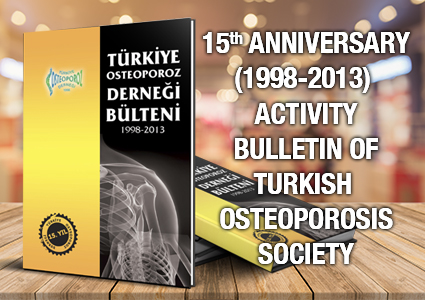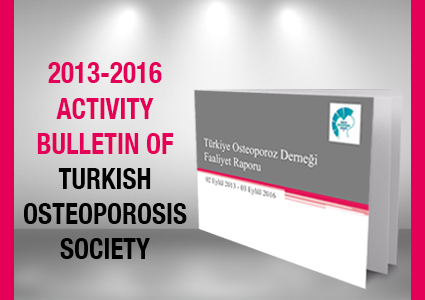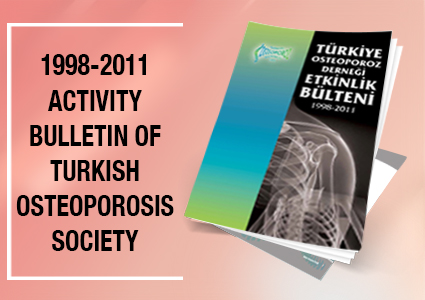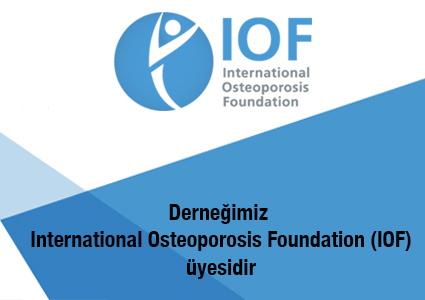Medical Treatment of Osteoporosis

All ABOUTH OSTEOPOROSIS

Medical Treatment of Osteoporosis
The goal of osteoporosis treatment is prevention of bone fractures by stopping bone loss and by increasing bone density and strength and improving quality of life of patients with osteoporosis. Decision to administer medication treatment is taken by a physician after evaluating the bone mineral density measurement and personal risk factors of the patient.
SELECTIVE ESTROGEN RECEPTOR MODULATOR (RALOXIFENE)
Raloxifene, which is effective in tissues containing estrogen receptor, is the only selective estrogen receptor modulator used in postmenopausal osteoporosis. It has estrogenic actions on bone and anti-estrogenic actions on the uterus and breast. It reduces bone loss by producing estrogen-like effects. It was reported that this medicine reduces invasive breast cancer risk to 60% by antagonizing the effects of estrogen on mammary tissue. The most serious side effect of Raloxifene is deep vein thrombosis which rarely occures. However studies performed on postmenopausal women with high risk of cardiovascular disease showed that the drug had no effect on incidence of cardiovascular death, coronary artery disease and stroke. In the postmenopausal period it might increase the hot flashes.
BIPHOSPHONATES
Bisphosphonates reduce number and activity of osteoclasts, responsible for bone break down. Biphosphonates as an effective group of medicines inhibiting bone break down have been used for years in postmenopausal osteoporosis treatment. Various biphosphonates with different structures may have different effects. Alendronate, risedronate, etidronate, ibandronate and zoledronic acid are representatives of this group.
Selected Cautionary Information About Biphosphonates;Biphosphonates must be taken first thing in the morning on an empty stomach. When taking the pill, patient should drink a full glass of water. After taking the pill, patient should not have anything else to eat or drink for at least 30 minutes. Remain sitting or standing up (do not lie down) for 30 minutes after taking alendronate or risedronate and for 1 hour after taking ibandronate. Since calcium rich foods such as dairy products and calcium supplements can interfere with the absorption of biphosphonates, they should not be taken while receiving biphosphonates.
Etidronate: This medicine currently is not preferred in osteoporosis treatment as its long term efficacy has not been proven yet and more effective biphosphonate derivatives are introduced.
Alendronate: Alendronate is a biphosphonate drug used for reducing fracture risk in postmenopausal women with or without previous fracture. Several studies have shown that alendronates were effective especially on hip fractures as well as in age-related osteoporosis. They were also effective in men’s osteoporosis and osteoporosis caused by cortisone use. Applicable dosage is 10 mg daily or 70 mg weekly. In addition, a form of alendronate tablets containing 2800 IU vitamin D to be taken weekly is available for women at risk of low vitamin D levels..
Risedronate: : This drug is widely used for prevention and treatment of osteoporosis. It is also recommended for treatment of osteoporosis in men and for prevention and treatment of cortisone-caused osteoporosis. The recommended dose is 5 mg/day or 35 mg/week.
Ibandronate: Ibandronate is an oral drug that is used for preventing or treating osteoporosis. It is in the class of drugs called bisphosphonate and is approved to be taken monthly. There are studies showing that ibandronate reduces the risk for vertebral fractures. The dose of ibandronate is 2.5 mg once daily or 150 mg once monthly.
Zoledronic Acid: Zoledronic Acid, is the first and only treatment of osteoporosis which is used once yearly via intravenous administration; it is approved for the treatment of osteoporosis worldwide in 2007 and approval procedures are about to be finalized soon in our country.
Side effects of Biphosphonates:All biphosphonates used for osteoporosis treatment may have side effects such as bone, joint and muscle pain. The side effects of bisphosphonates may include heartburn, nausea, and irritation of the esophagus. These side effects can be partially reduced by following cautionary instructions. Intravenous biphosphonates may cause side effects including flu-like syptoms (fever, joint pain, sore throat) lasting for 1-2 days following the infusion. These side effects can be controlled by Ibuprofen and paracetamol and gradually reduce as the infusion is repeated. Long term use of bisphosphonates, especially intravenous forms, increases the risk of death of the tissue, called avascular osteonecrosis of the jaws, most frequently in patients with previous cancer history. Bisphosphonates can be used in individuals with mild-to-moderate renal insufficiency, but not recommended for patients with severe renal insufficiency.
CALCITONIN: Calcitonin hormone inhibits the osteoclast-mediated bone breakdown and has been used for many years for the treatment of osteoporosis. Salmon calcitonin is 40-50 times more potent than human calcitonin and is the recommended form for medical treatment. Calcitonin is administered via injection or by nasal spray. Due to its effectiveness on severe pain associated with vertebral fractures it is preferred for patients with osteoporosis-related acute compression fracture.
STRONTIUM RANELATE:Strontium ranelate is the only antiosteoporotic agent which both increases bone formation and reduces bone resorption, resulting in a rebalance of bone turnover in favor of bone formation. The side effects of strontium ranelate are mild and temporary. The most frequent side effects, nausea and diarrhea, are seen at the beginning of the treatment, however, they might be tolerated by time. Although increased risk for venous thromboembolism has been reported, a causal relationship with the drug usage was not detected. Strontium ranelate should be used with caution in patients with previous history or risk factors for venous thromboemlism.
PARATHORMONE: Parathormone and its analogue, teriparatide are currently used in the treatment of severe osteoporosis. It is applied in the form of subcutaneous injections into the thigh or abdominal wall. Parathormone is recommended to patients with severe osteoporosis and with osteoporosis-related fracture, with non-response to previous osteoporosis treatment, or with contraindications. Most frequently seen side effects are nausea, leg cramps and dizziness. Contraindications for treatment with parathormone are high calcium levels in blood, presence of metabolic bone disease besides primer osteoporosis (hyperparathyroidism, Paget’s disease), unexplainable increase of alkaline phosphatase, cancer of the skeletal system or bone metastasis, or radiotherapy. Severe renal insufficiency is among the contraindications. In studies with animals long-term high-dose teriparatide treatment caused an increase in the incidences of osteosarcoma, a bone cancer. This side effect was not observed in studies conducted on humans. Nevertheless, World Health Organization permitted this treatment for a maximum period of two years. Total recommended duration is 18 months for the treatment of osteoporosis.
HORMONE REPLACEMENT THERAPY:For several years estrogen alone or in combination with progesterone has been recommended for treatment of postmenopausal osteoporosis and positive impact on spine and non-spine fractures has been observed. The rate of bone loss after stopping hormone replacement therapy continues same as in the postmenauposal period. Recent study reported that the usage of estrogen/progesterone for more than five years increases the rate of breast cancer, thrombosis and cardiovascular diseases. Nowadays, hormone replacement therapy is not recommended for the treatment of osteoporosis due to the fact that the side effects of long-term hormone replacement therapy are more than the advantages. In cases when postmenopausal symptoms like hot flashes, sweating can not be managed with other methods, a small dosage of hormone replacement therapy might be administrated for a short period of time under close medical control.
EFFICACY OF THE TREATMENT AND CONCORDANCE WITH THE THERAPY
- Osteoporosis treatment is a long-term treatment. Besides, each of the above mentioned medicines act in a different way and should be taken with proper intervals. For achieving best results it is important the treatment duration and the form of the medication to be as recommended. Sufficient Calcium intake, maintaining adequate supply of vitamin D through sufficient exposure to the sun and through diet, avoiding undernutrition and protein malnutrition, participating in regular physical activity and avoiding falls are the components that should be included in the treatment plan. Treatment efficacy can be assessed with regularly performed bone density measurements and with follow-up radiographs (spine fracture) of the fracture. Besides, the treatment response and the bone metabolism status should be observed with periodical blood and urine tests


















